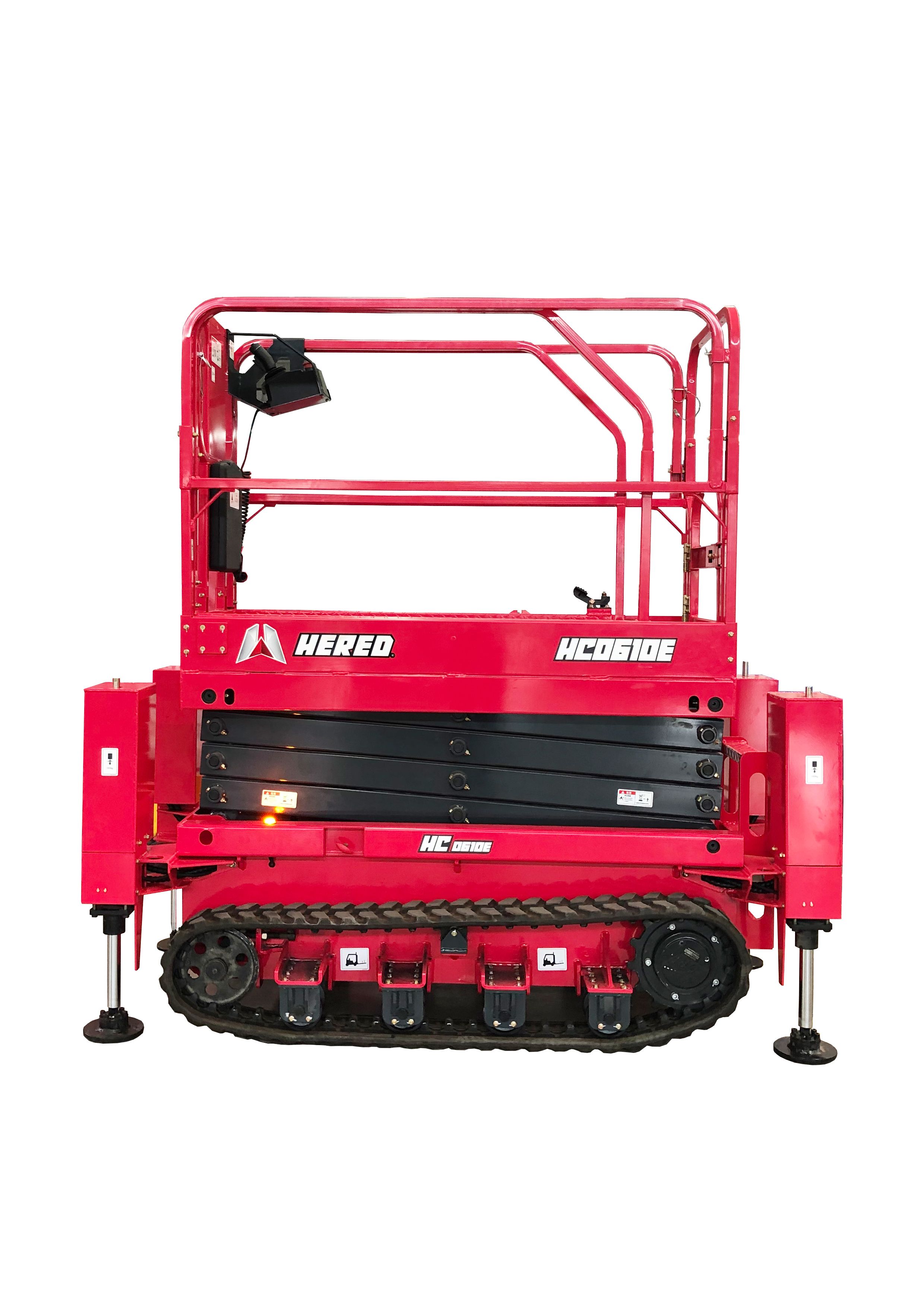Automation in the packaging industry has brought significant advancements in efficiency and productivity, particularly with the introduction of Robot Wrapping Machines. These machines offer unparalleled speed and precision in wrapping pallets and loads. However, as with any automation, safety must be a paramount concern.
Understanding Robot Wrapping Machines
Robot Wrapping Machines are equipped with robotic arms that expertly wrap pallets or loads with stretch film. They can handle heavy loads and intricate wrapping patterns, making them indispensable in manufacturing and logistics operations. To ensure safety, it's crucial to implement strict protocols and guidelines.
1. Employee Training and Certification
Before operating Robot Wrapping Machines, employees should undergo comprehensive training. Certification programs should cover machine operation, safety procedures, emergency response, and proper use of personal protective equipment (PPE). Regular refresher training sessions are essential to keep skills up-to-date.
2. Protective Barriers and Enclosures
One of the primary safety measures is to establish protective barriers and enclosures around the Robot Wrapping Machine. These barriers should prevent unauthorized access to the machine's operating area. Anyone not involved in the operation should be kept at a safe distance.
3. Emergency Stop Controls
Robot Wrapping Machines must be equipped with easily accessible emergency stop controls. These controls should be functional and tested regularly. In case of any anomaly or potential danger, operators should be able to stop the machine immediately.
4. Risk Assessment and Hazard Analysis
Conduct a comprehensive risk assessment before deploying Robot Wrapping Machines. Identify potential hazards such as moving parts, pinch points, and falling objects. Develop risk mitigation strategies and clearly communicate them to all personnel.
5. Regular Maintenance and Inspections
Scheduled maintenance and inspections are essential to ensure the machine's safety. Regularly check for worn or damaged parts, loose bolts, and electrical issues. Any problems should be addressed promptly to prevent accidents.
6. Proper Load Positioning
Properly position the load on the pallet before initiating the wrapping process. Ensure the load is stable and well-centered. Misaligned or unstable loads can lead to accidents during wrapping.
7. Use of Personal Protective Equipment (PPE)
Operators and nearby personnel should wear appropriate PPE, including safety glasses, gloves, and steel-toed shoes. PPE helps protect against minor injuries and ensures safe working conditions.
8. Controlled Access
Limit access to the Robot Wrapping Machine to authorized personnel only. Unauthorized personnel should not be allowed near the machine during operation.
9. Safety Interlocks
Implement safety interlocks that prevent the machine from starting unless all protective barriers and enclosures are securely in place. This prevents accidental startups that could endanger personnel.
10. Emergency Response Plan
Have a well-defined emergency response plan in place. This plan should include procedures for addressing injuries, machine malfunctions, and fire hazards. All employees should be familiar with the plan and know how to respond in emergencies.
Robot Wrapping Machines have transformed packaging operations, but safety should always be the top priority. By following stringent safety protocols and guidelines, companies can ensure accident-free operations, protect their employees, and maintain efficient and productive packaging processes. In the world of automation, a commitment to safety is an investment in both personnel well-being and operational excellence.





